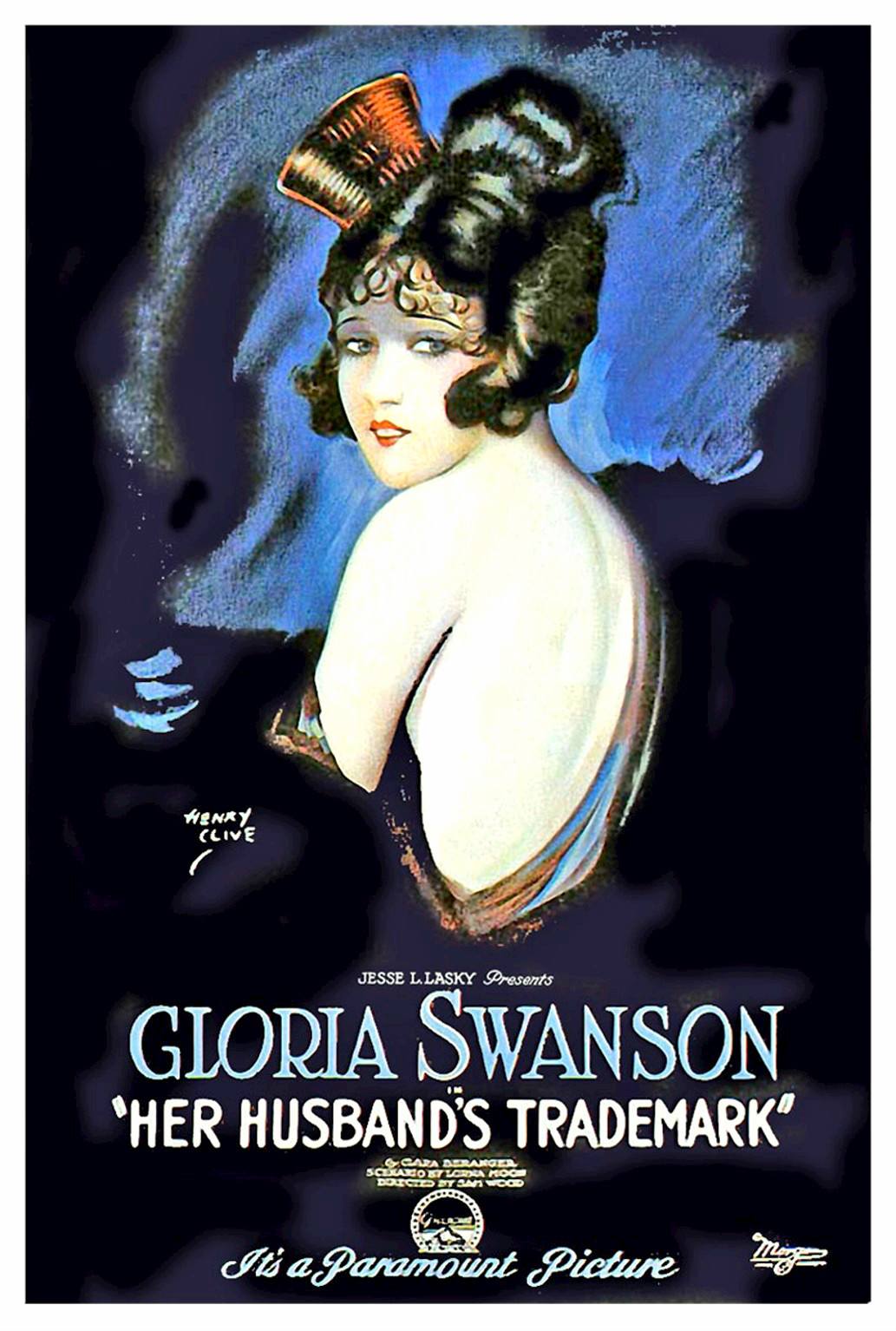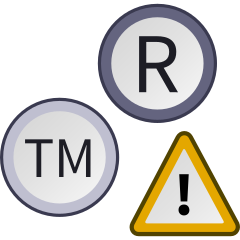 |
| This movie poster promoting "Her Husband's Trademark," is no longer protected by federal copyright laws and is in the public domain. |
Copyright Law Protect Writers
Many writers understand that “copyright” is not a single, solitary right of ownership but instead there are several kinds of rights that can be sold by the writer to publishers in exchange for payment. Traditionally, selling copyrights has been how fiction writers have made their living.
Examples of copyrights include:
- First Rights - the publisher is given the right by the writer to be the first one to publish his or her work (article, short story, etc.) in print media or digital publication.
- First Electronic Rights - the publisher is given the right by the writer to be the first one to publish his or her work (article, short story, etc.) in an electronic publication only.
- First Web Rights - electronic rights are not identical to web rights. An electronic publication is a form of storage that holds the work in electronic form. Electronic rights may or may not include web rights (aka Internet rights), which is the right to public the work online.
- All Rights - every copyright that the writer has to his or her work (article, book, etc.). Once this is transferred, the writer has no further connection with the work because that’s all been transferred to the buyer of the copyrights. This is the exact opposite of a writer who writes under a work for hire contract. In a work for hire situation, the writer is considered an employee of the publisher who is paid a fee for the work that he or she does, and all copyrights to that work product is “work made for hire” and the employee has no copyright ownership of it, that belongs to the employer who hired them to do the work. Work for Hire means "no rights."
Trademarks Are Different Than Copyrights
Legally, copyrights can be complicated and if writers aren’t careful, they can get manipulated by publishers into selling more than they intended and making less than they should for the work they have created. It’s a necessary headache for many writers, this need to understand their legal copyright protections.
Added to that burden is the need to know what trademarks are and when writers may need to have trademark protections as well. Trademark law exists to protect writers from "trademark infringement" just as copyright law protects them from "copyright infringement."
There’s a big difference between copyrights and trademarks. Both are protected rights under federal law but they aren’t the same thing. Moreover, it’s harder to get a trademark than a copyright even though there are situations where the trademark may end up even more vital to the writer than protecting their original copyright. Trademarks, unlike copyrights, are not automatically created under the law for the protection of the creator / writer.
Warning for the Author and Indie Publisher of a Series of Novels
This is particularly true of writers who decide to avoid the traditional publishing route, opting to publish their own work independently and acting as their own publishing company. If a romance novelist, for instance, decides to write a series of Scottish Highlander Paranormal Romances and publish them on Amazon for Kindle, then that novelist and indie publisher may well need to consider trademark protections for their new romance series.
Why? While the stories in each book within their series will have copyright protection, the following may need trademark protection:
- The Series Title (as a tool being used to market the collection of books);
- The Name of the Protagonist (if the entire series is dependent upon this one name or character);
- The Name of the Setting (if the entire series is dependent upon this locale); and
- The Name of the Indie Publishing Company (as a tool being used to market the collection of books).
Trademark Infringement: Consider Fan Fiction
Federal trademark protection is based in a 1946 federal law known as The Lanham Act (aka the Trademark Act of 1946). In this cornerstone statute, a trademark in the United States is defined as "… any word, term, name, symbol, or device, or any combination thereof" used in commerce to identify a service or good.This means that a character’s name; as well as a fictional town where a cozy mystery series is set, for example; or the particular type of alien that appears in a science fiction work, may be used to “identify” the series and therefore worthy of federal trademark protection. Legally, there has to be a “distinctive source identifier” between the name, setting, or world-creation that can be shown to connect the readers immediately with the series itself.
This can be a big issue in fan fiction, for instance, where new stories are being written but use of the original work’s characters or setting results in infringement of the author’s trademarks.
The fanfiction writer’s defense? Fair use doctrine (but this is getting way too complicated for a short blog post).
The bottom line here: writers who are publishing their stuff (particularly a series) need to know about trademark infringement and protecting against it just like they need to know about copyrights.
